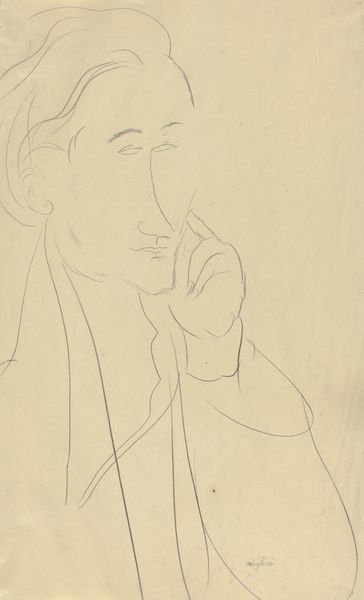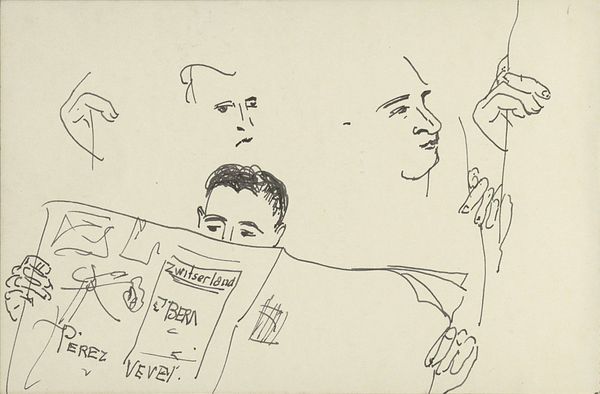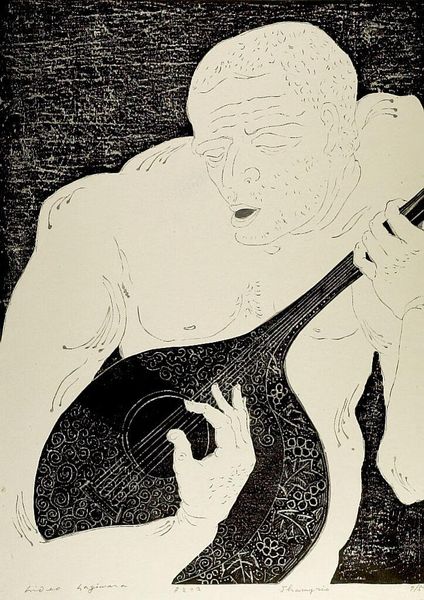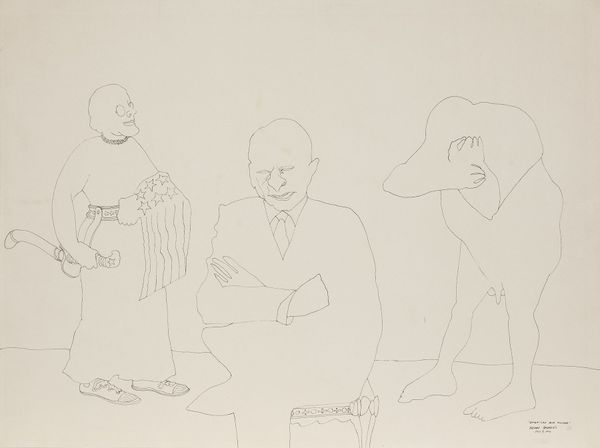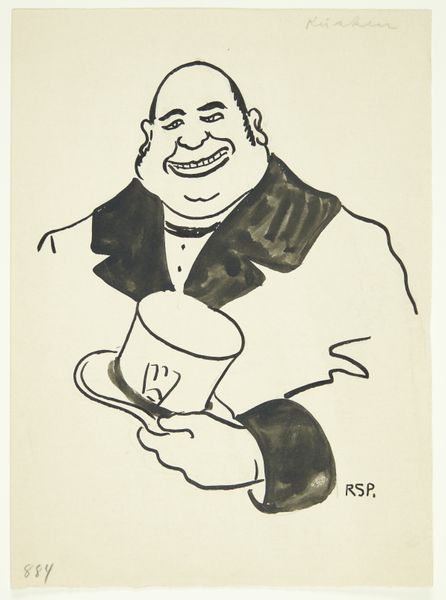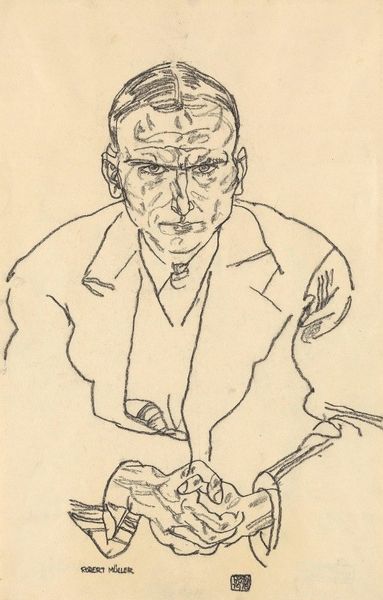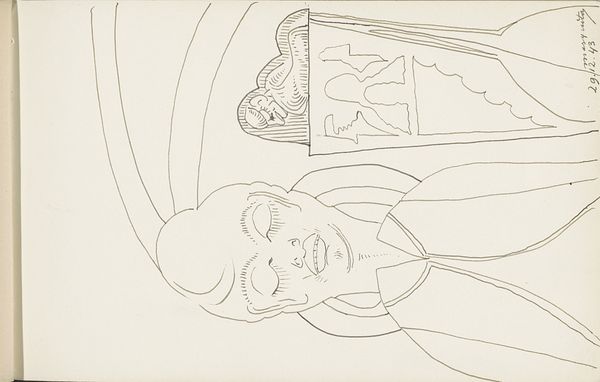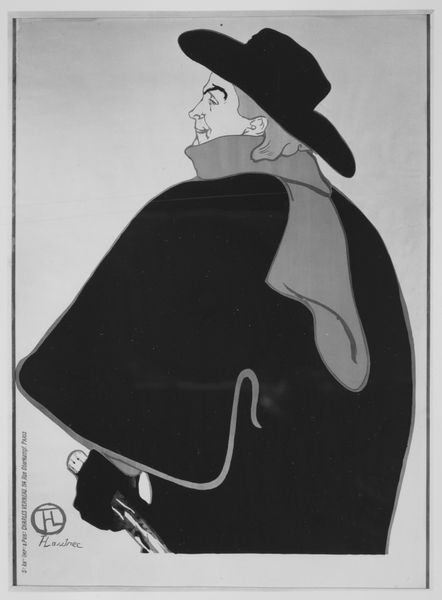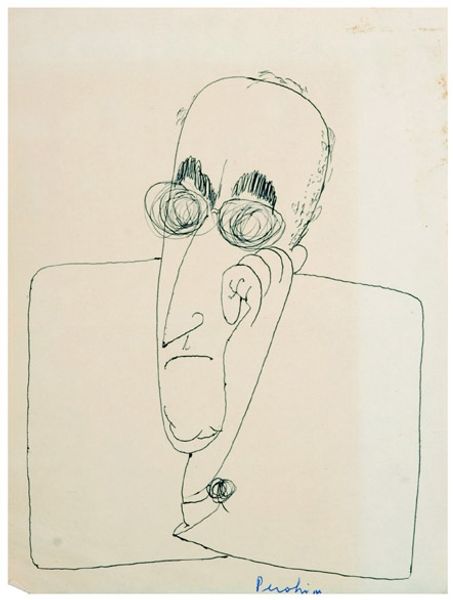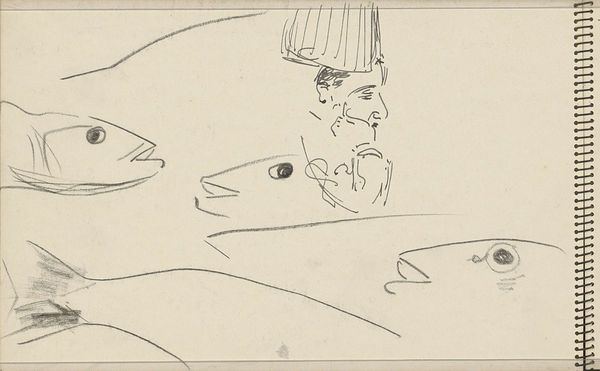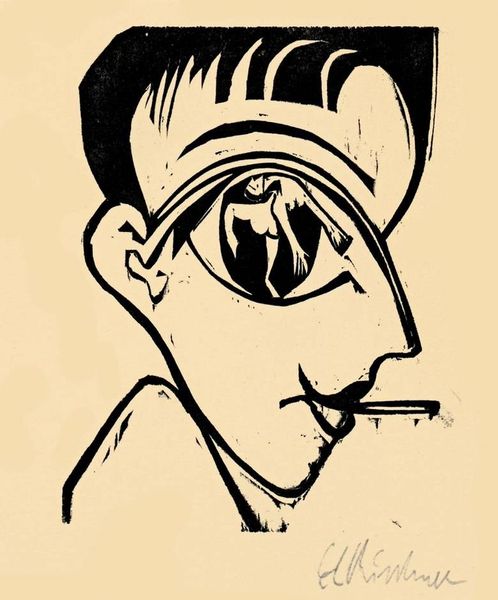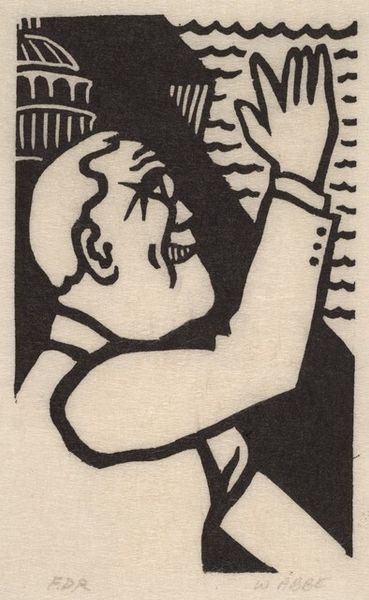
drawing, pen
#
portrait
#
drawing
#
caricature
#
caricature
#
pen
#
modernism
Copyright: Public Domain: Artvee
Editor: So this is Ralph Barton's drawing of David Belasco from 1922, created with pen and ink. The style feels like a really biting caricature. How do you interpret this work? Curator: It’s tempting to simply read this as a clever lampoon, and of course, that's present. But let's consider Belasco himself. He was a theatrical impresario, renowned for his control over every aspect of his productions, including his actors. Does the exaggerated solemnity of Barton's rendering hint at Belasco's authoritarian tendencies? The stark lighting, almost a stage spotlight, further isolates and emphasizes him. Editor: Interesting. So you're seeing a commentary on power and control? Curator: Precisely. Barton’s style, while humorous, consistently engages with the dynamics of power within artistic and social circles. Consider the modernist context. After the first World War, artists questioned authority, hierarchies, and traditional representations. Editor: The index finger pointing down—what does that signify to you? It's not like he is telling someone to come hither. Curator: I'd say the finger could mean a directorial manner. The hand in modern theater is not just for expression, it can tell you to step to the line and to not do that again. The theatrical set next to him means, "My theater!" Ralph Barton created this piece for a group of 51 caricatures, maybe if the whole cast could talk with him and Belasco about it they would find the deeper meaning together. Editor: It’s a much more complex picture of Belasco and the world he inhabited than I initially perceived. Curator: Exactly. This artwork demonstrates how the most effective caricatures function as cultural commentary and engage in wider societal discussions. The pen is always mightier than the sword. Editor: I guess caricatures are really historical and social narratives in disguise!
Comments
No comments
Be the first to comment and join the conversation on the ultimate creative platform.
